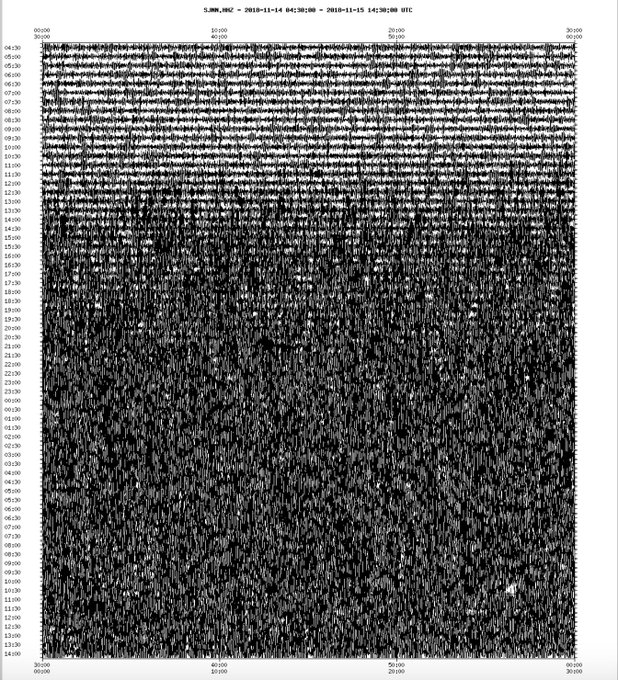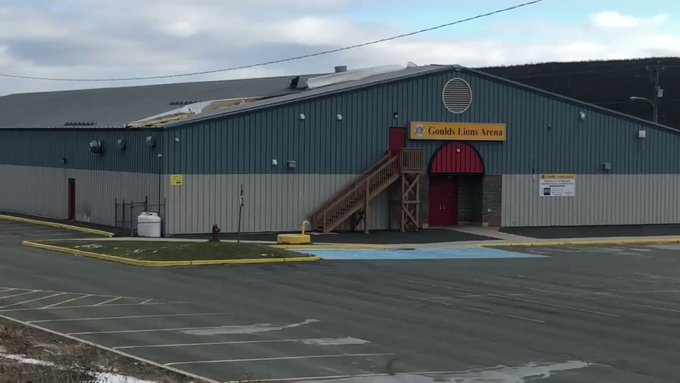This is another one of those books I would have never read if it weren't for Book Club, however, I'm glad I read it.
Truthfully, I found it hard to follow. The dialogue made it especially difficult and I found myself needing to read it aloud to even come close to understanding it. I'm not patient enough to read and re-read lines to try to figure it out. The accept though was really reminiscent of how my husband talks about Nova Scotia from the time he spent there on his mission.
Apparently, when the book was written, people from the area were angry about it because they felt like they were portrayed negatively. I can see why they'd feel that way. The superstition, the lack of education and survival mentality is heavy. I did love the parts about the teacher coming to the island and David wanting to learn to read. I'm not sure he was really successful though.
The Maritimes is a harsh and unforgiving place. Interestingly, it continues. This was a news article from today:
records show Newfoundland was literally shaking from wind and waves
Seismic records show Newfoundland was literally shaking from wind and waves
Seismometer in St. John's shows how intense Thursday's winds were
Heavy seas crash into the land at the Drook, a spot on the road to Cape Race. (Submitted by Clifford Doran)
The waves crashing into the rugged shoreline of Newfoundland and Labrador this week led to waves of a different kind.
The squiggly black lines produced by a Natural Resources Canada seismometer show the seismic activity of a vicious windstorm that whipped across the province on Wednesday and Thursday.
The wind and waves were so strong, the island was shaking.
"What we saw over the past 48 hours was quite a dramatic change in [activity]," said John Cassidy, an earthquake seismologist with Natural Resources Canada.
"It was very noticeable and in our seismic data, our plots, it just jumped off the page. You could just see that shaking."
The federal government has seismometers — tools that measure earth movements — all across the country.
Cassidy said each year, a handful of storms will produce winds and waves strong enough to record seismic activity on the east and west coast.
And over time, as these weather events impact older infrastructure, it just breaks down.- Randy Oram, Karwood Homes
With winds gusting between 100 and 140 km/h, the conditions were just right to get the Rock rocking.
"It's that combination of the wind, that incredible wind, and the waves that were hitting the island," Cassidy said.
"Both of those, the waves and the wind, gets trees shaking, rocks shaking ... And all of that can be recorded by our seismometers on the island."
Homebuilders association reacts
Randy Oram, president of the Newfoundland and Labrador branch of the Canadian Home Builders' Association, said people have to prepare for these earth-quivering storms to be the new normal.
There was damage reported to home and businesses across the province, but Oram said his company, Karwood Homes, has yet to receive any reports of damage.
When asked why some homes suffer damage and others go unscathed, Oram said it has to do with location and age.
"With these weather events, some of the extremes can be localized," he said. "And over time, as these weather events impact older infrastructure, it just breaks down."
Oram said the industry is changing as the weather worsens, and contractors need to keep up with the standards.
"You look at shingles we were using 15 years ago, they were rated for 97 km/h winds. What we're using nowadays, 210 kilometres is what they're rated for. As climate change happens, building products advance."
It was very noticeable and in our seismic data, our plots, it just jumped off the page. You could just see that shaking.- Seismologist John Cassidy
Randy Oram, president of the Newfoundland and Labrador branch of the Canadian Home Builders' Association, said standards are changing to meet climate change. (Paula Gale/CBC)
Part of the industry is regulated by Natural Resources Canada, which is currently working on a five-year project on adaptations to home building for climate change.
Where it used to study historical weather events, Natural Resources Canada is now trying to model future storms and set standards based on what is expected to happen, Oram said.
"They're actually looking at where the weather is going in the future, and testing new products and codes for the future."
With files from the St. John's Morning Show






No comments:
Post a Comment